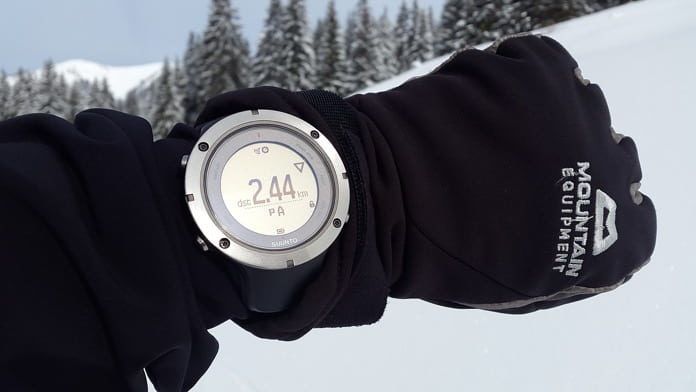A recent Swiss study examined three leading sports watches, Suunto, Garmin, and Polar, for their accuracy in measuring energy expenditure.
The market for sports watches has been growing in recent years. Indeed, these popular and relatively inexpensive devices look to be a perfect fit for today’s active lifestyles.
Comparison of Suunto, Garmin, and Polar Brand Watches
In a recent study, a group of Swiss researchers examined three leading sports watches: the Suunto Ambit2, Garmin Forerunner920XT, and Polar V800. They tested these watches on their accuracy in measuring energy expenditure. Energy expenditure, or the amount of energy expelled doing an activity, is a key metric not only for athletes but also for people suffering from obesity and other conditions. The study was published in the journal BMC Sports Science, Medicine and Rehabilitation.
At the start of the study, 19 athletes (all recreational or competitive runners) performed two sets of treadmills exercises. They completed the first exercise without the sports watches and the second with them. For the first set of exercises, researchers measured energy expenditure by indirect calorimetry to establish a baseline measure. For the second set of exercises, each participant wore all three of the watches at the same time, with two on the left wrist and forearm, and the third on the right wrist along with a heart monitor. The position of the watches and monitor were randomized for each participant. During this second set of exercises, the athletes completed three runs to test the watches under a broad set of conditions such as low, moderate, and high-intensity running.
Low and Moderate Intensity Energy Expenditure Measured Accurately by Polar and Garmin
For the low and moderate intensity running, the Garmin Forerunner920XT and Polar V800 watches both acceptably measured energy expenditure when compared to the baseline method. In addition, the Polar V800’s measurements did not significantly differ from that of the baseline during any of the low and moderate running stages. In contrast, the Suunto Ambit2 significantly overestimated energy expenditure during these same stages.
High-Intensity Energy Expenditure Measurement Underestimated by All Three Watches
All three watches significantly underestimated energy expenditure during the high intensity running stage of the study. As well, the researchers observed that as the intensity of the running increased, the accuracy of the watches in measuring energy expenditure decreased. The researchers concluded that the key factor governing sports watch energy expenditure measurement accuracy was the measuring or estimation algorithm programmed into each watch.
The researchers noted some limitations to their study. For example, since the participants only engaged in running, it was impossible to state whether sports watches could or could not accurately measure energy expenditure in other exercise and sporting events.
Recreational and Casual Athletes May Benefit the Most
The application to athletes is that for high-intensity sporting events, sports watches may not produce an accurate reading of energy expenditure, and should not be relied upon to gauge the degree of their exertions during such events.
For recreational and casual athletes, however, as they may typically be involved in low and moderate sporting activities, sports watches may indeed provide a reliable measure of their energy expenditure.
Written by Raymond Quan, MASc, MBA
Reference: Roos L., Taube W., Beeler N., Wyss T. Validity of sports watches when estimating energy expenditure during running. BMC Sports Science, Medicine and Rehabilitation (2017) 9:22



